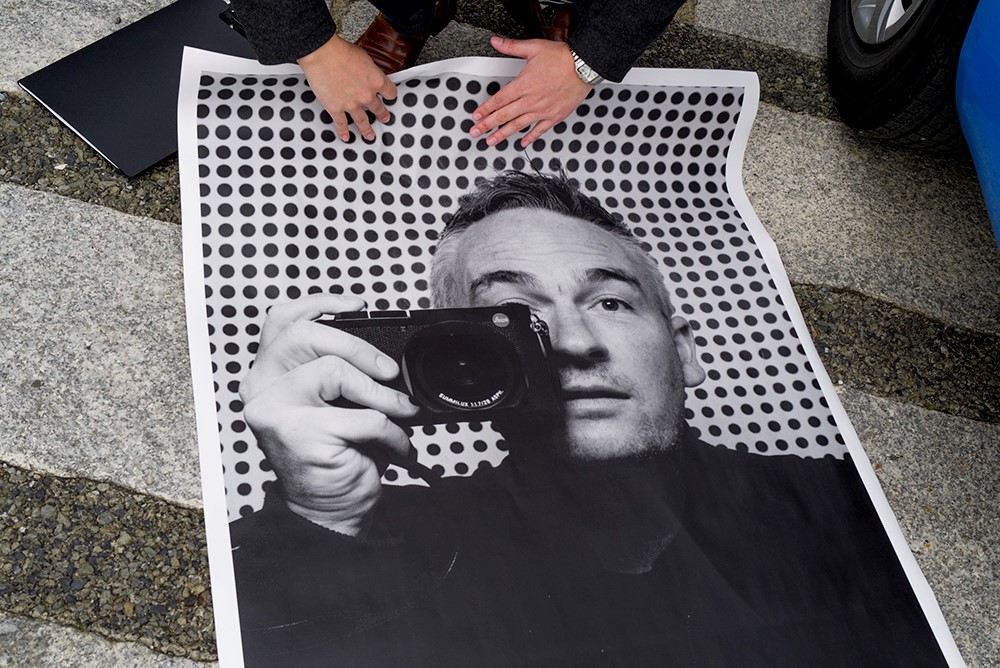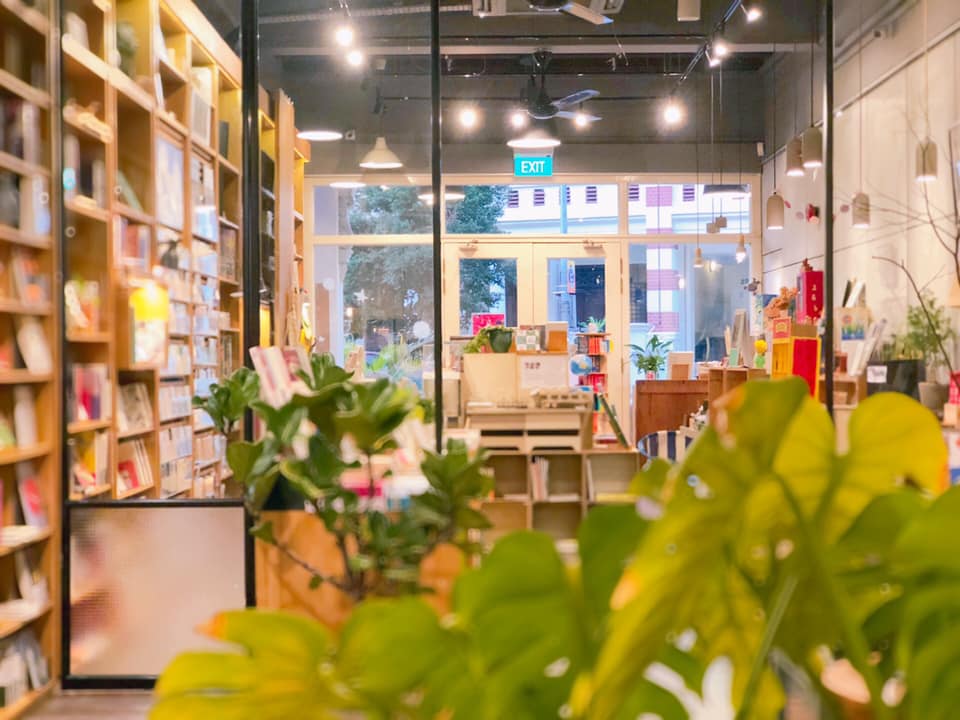Come by The Substation tomorrow (Aug 21), and you’ll get to walk on 5000 kg of soil, in a real-life simulation of being buried underground. Or take a stroll to the dimly lit second floor theater, where you can take a seat in front of a hand-built getai stage featuring performances by VR ghosts. If it all sounds a bit pantang, just be sure to mumble a few apologies when you go on your merry way.
While the programme coincides (intentionally) with the Hungry Ghost Festival, its scope of conversation doesn’t just end at local getai culture. From Aug 21-Sep 23, the experimental art space on Armenian Street will transform into a hubbub of new art exhibitions, panels, and parties that look at the conservation discourse and practices in Singapore. Gloomily named En Bloc, or Buildings Must Die, it’s the first installment of the art space’s year-long look at heritage, itself one part of a three-year curatorial direction to scrutinize (and critique) our city.
Being buried alive, then, has more to do with a morose reflection on the sudden spike in dying and disappearing buildings in Singapore. Deathsong is one of two exhibitions that will remain free-to-enter for the public—described as an “elegy for our architectural landscape”, the exhibition involving four artists will present alternative visions for place. On the first level, the main gallery space is turned into an immersive, coffin-like environment where everyone can mourn the state’s confusing treatment of heritage together.
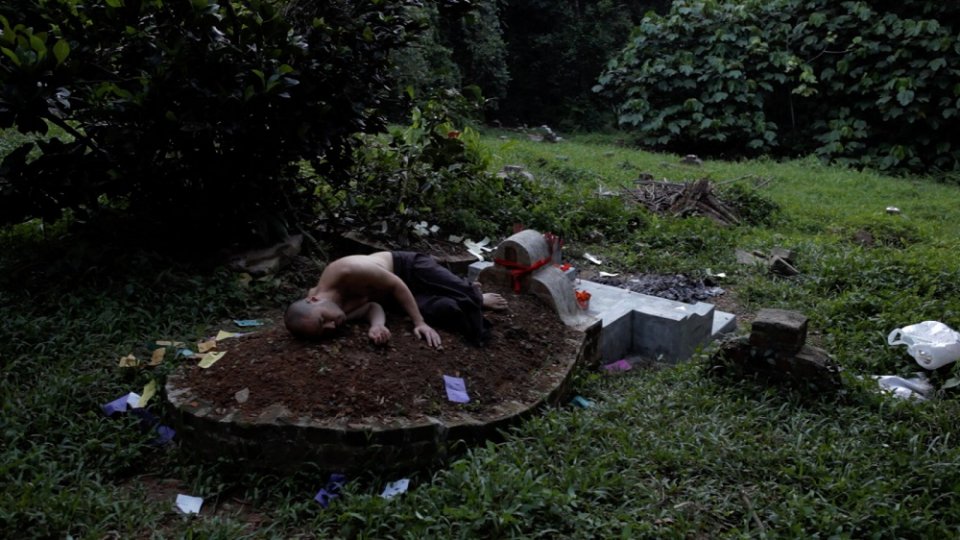
You’re Dead To Me, Min-Wei Ting
Continued upstairs is local collective Post-Museum’s ambitious work—an actual getai stage featuring painted scenery of Bukit Brown Cemetery. Post-Museum, who described their work as “art that is related to social issues”, first came into the spotlight when they contributed to the campaign SOS Bukit Brown, started in 2012 against the government decision to build a highway right through the cemetery. This work, called “Triptych of the Unseen”, will have visitors slip on three VR goggles, and watch performances from three individuals—a bureaucrat representing the government language used to address conservation and Bukit Brown, an activist, and a ghost. After the performance, turn casually to your side and you’ll see other ghosts sitting enthralled in the red plastic chairs beside you.
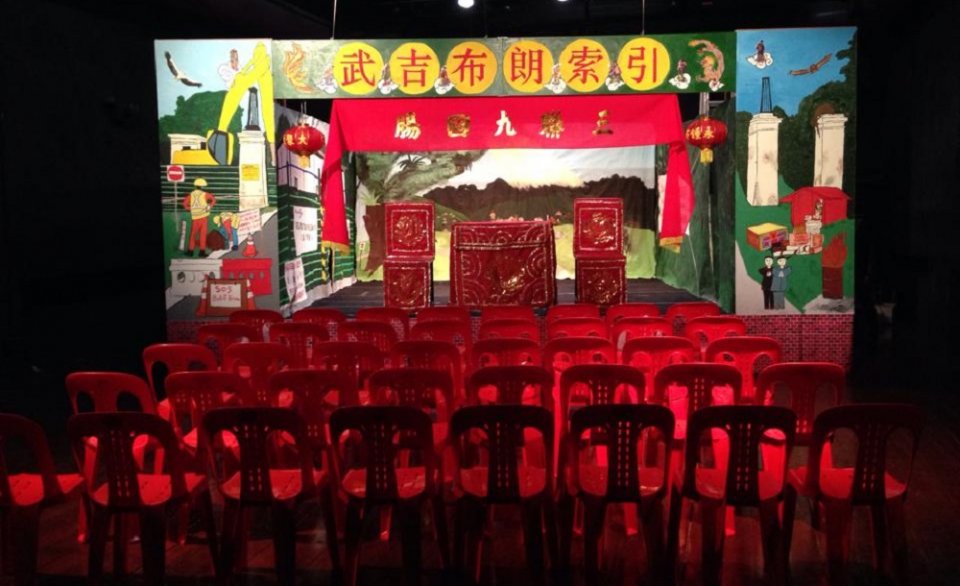
Bukit Brown Index #132: Triptych of the Unseen
If you’re giddy from ghosts and need to gather your thoughts, head to the second exhibition, Too Young to Die: Giving New Lease of Life to Singapore’s Modernist Icons. A collaboration with the Singapore Heritage Society, the show will put up photos and other documentation in a 3D position paper on why we should hang onto our modernist icons—namely People’s Park Complex, Pearl Bank Apartments, Golden Mile Tower and Golden Mile Complex, collectively known as the Big Four. Excerpts from the documentary City Lights (2006) will be screened too, focusing on Singapore’s architectural history through the eyes of founding architects William S.W. Lim and Tan Cheng Siong.
In addition, the Substation will be home to panel discussions and workshops on En Bloc, architecture and conservation, led by academics and specialists whose works deal with the complex conversations around heritage. After the programmes under the sub-theme of conservation run their course, the art space will then delve into an equally immersive exploration of nostalgia and heritage as an industry—with set-ups like a chamber of trials to becoming a Singapore Girl, and a deeper look at the sudden national interest in hawker heritage (shout-out to PM Lee’s bold UNESCO nomination).
It’s an arduous and tricky topic for one institution to navigate alone. Artistic Director Alan Oei said: “One of the things that really gets me irritated is that the government just destroys everything, but in return they give you archives of memories—like photos,” he said. “It’s like you can’t keep your buildings but they give you pictures lor; ‘Nah, go and see.’”
The truth doth hurt. Since you’re just as powerless as the rest of us against Singapore’s grand scheme of conservation, might as well “go and see” this exhibition while it’s still around too.
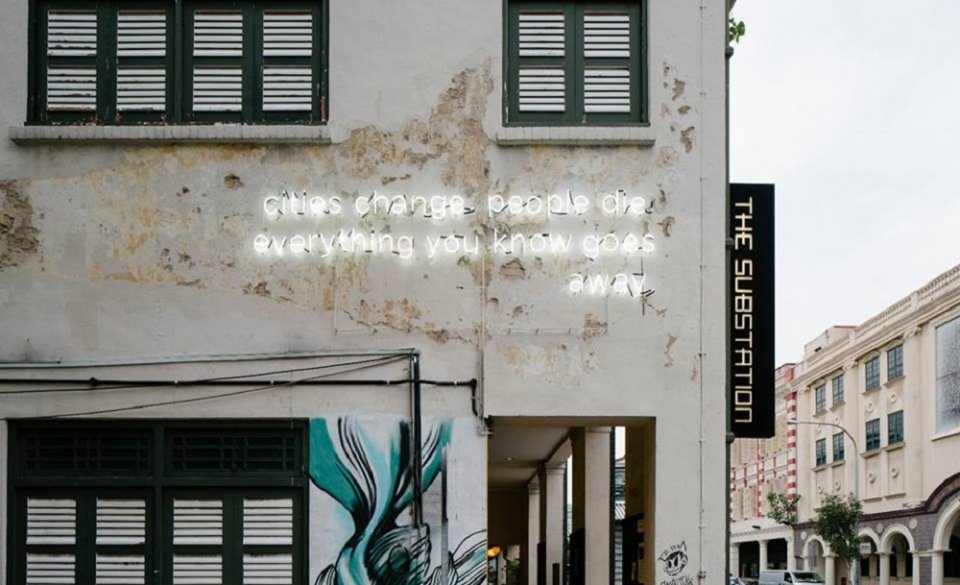
Our conservation conversation with Oei continues below.
How did you come to land on heritage as your theme for the year?
I think it was this sense that the word ‘heritage’ had become overused, and it became kind of all-encompassing—in the sense that everything around Singapore suddenly became heritage. Last year when we did Discipline The City, it was about a kind of control of space; the politics of space, how do you control access and organization of spaces. I guess this year we’re looking at heritage as another form of control as well, because heritage really largely is not just about the past, but the way you define the past also determines your present and future.
For people who say that heritage is a neutral subject, that’s quite problematic, because heritage itself is very political. For instance, when Singapore likes to talk about heritage and multiculturalism, we talk about Chinese/Malay/Indian/Others and their cultures—and that itself is a very political move; that you define what is a Singaporean, and you fit (them) into these very easy categories. And these categories, after all, don’t belong to us; they belong to our British forefathers, the previous British institutions that created these categories. We also want to explore how heritage is being deployed or instrumentalized by different parties.
A lot of the works can be construed as snarky. What was the intention behind this programming?
It’s not to critique, it’s not to celebrate; even sometimes when people say we should save all the buildings, I can see the government is very frustrated—how come Singaporeans want to save every damn thing? I can see there’s a certain dissonance and lack of understanding, and I also don’t know what the answer is, because I also don’t feel like everything should be saved. So it’s a much larger question than to take very clear-cut positions. And I just think that it’s more about exploring the different facets of heritage, and how we think about heritage and nostalgia—as opposed to saying ‘this is our view on heritage and we want you to have the same view’.
What about the ‘Culture You Can Eat’ mural mocking the popularization of Peranakan culture?
I think the Peranakan Museum— I wouldn’t say it’s bad, but it’s something that Singapore stole from the rest of the world. We’ve become the leading champions of it, and Peranakans in Singapore constitute less than 1% of our entire population; why do we have a special museum to valorize these people? Because it allows us to sidestep the really problematic question of why there is a Chinese state in a Malay area. It’s so we can say ‘Oh it’s because Singapore is not a Chinese-dominated state; we’re a fusion place where we have a mix of different races—we mix Chinese and Malay, and therefore we’re multicultural that way.’ By having Peranakan [culture] it allows us to make other kinds of claims that allow us to sidestep potentially this very political question.
We’ve found ways to extract value out of it, and so if you ask me what kinds of heritage are problematic, it’s essentially when heritage is objectified and you just try to extract value from it or rally for political purposes. The kinds of things you select to celebrate and to conserve reflect a lot of how your political ideologies are. But it’s not to say whether it’s good or bad—there are good forms of heritage; there are also questionable forms of heritage, and we are just looking at the range.
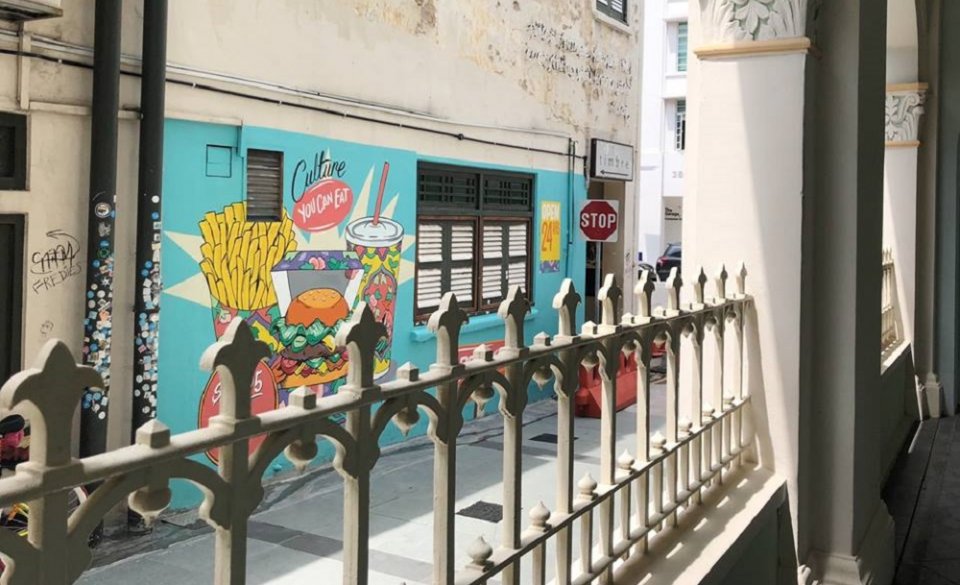
Culture You Can Eat
Tell us more about the thought process behind the ‘Conservation’ sub-theme.
(Nostalgia) can be a form of resistance, but it can also be a kind of passive consumption that leads you to do nothing about it. In terms of conservation, I guess the question really is ‘What do we want to save and what are the buildings and things around us in the architectural landscape that we consider important?’
Right now at least, as far as I understand, the conservation conversation is very technical—it’s about the historical architectural features of a building, it’s about what kind of history did they have, did some important or famous live here or die here; that kind of very big history kind of views. It’s technical and it’s also quite economic, because it’s always inevitable that we talk about if you didn’t conserve this building, how much can you sell the land for; what is the redevelopment per sq ft price that you can afford?
But I also think that it needs to be a little more personal and a little bit more political—political in the sense that there are also these kinds of intangible things that you don’t see: the people who live there, who spend many years building up certain communities, and having a way of life there. All those things are also forms of heritage that are sort of excluded from the conversation we have right now on conservation, which is very much about big monuments and racial harmony and religious kinds of representations. It tends to be our temples, our religious icons; war memorials, and colonial buildings that they conserve right now.
What would you like to see conserved?
I actually don’t care about conservation one; Singapore’s conservation policy can be quite farcical. I think there’s a colonial bungalow in Punggol that they kept as a clubhouse—then they built a really weird condo around it. It’s so ridiculous; it’s like this little colonial building in the middle enfolded by condos.
(When) its original function has been lost, and all they’re doing is to keep the building—but as a weird thing like a clubhouse for a condo, and it becomes private—then what’s the point in the first place? They’re just keeping these kinds of privileged buildings for a particular subset of people. It becomes private access, so you can’t even call it a public good. When you do that the only people who can ever go there are the condo owners; it’s not even public, so what’s your conservation rhetoric here? I’m much more iconoclastic—I think if things have to go, they’ve to go.
How much do Singaporeans actually care about heritage?
I think there is some kind of curiosity towards who we are, because we’re quite a young nation. If young people have this yearning for these spaces, then it shows you there’s this much deeper anxiety that is not being addressed right now—whether it’s nostalgia or hankering after places that we don’t even have relationships with. Some people may say ‘You don’t even have a relationship with Dakota Crescent, why must you go and care about it?’ But our sense of identity, whether it’s in terms of our place or our time, it has to do with some level of continuity of the space we grew up in. They don’t have to be there forever, but that provides you a sense of stability and connectedness to the lands around you. If you live in a space that’s constantly being redeveloped, buildings are constantly being torn down; you leave for five years and come back and everything’s new—then that’s very hard for you to feel rooted to the space.
En Bloc, or Buildings Must Die runs from Aug 21-Sep 23 (closed Mon-Tues) at The Substation. More information and tickets to the panels here.




